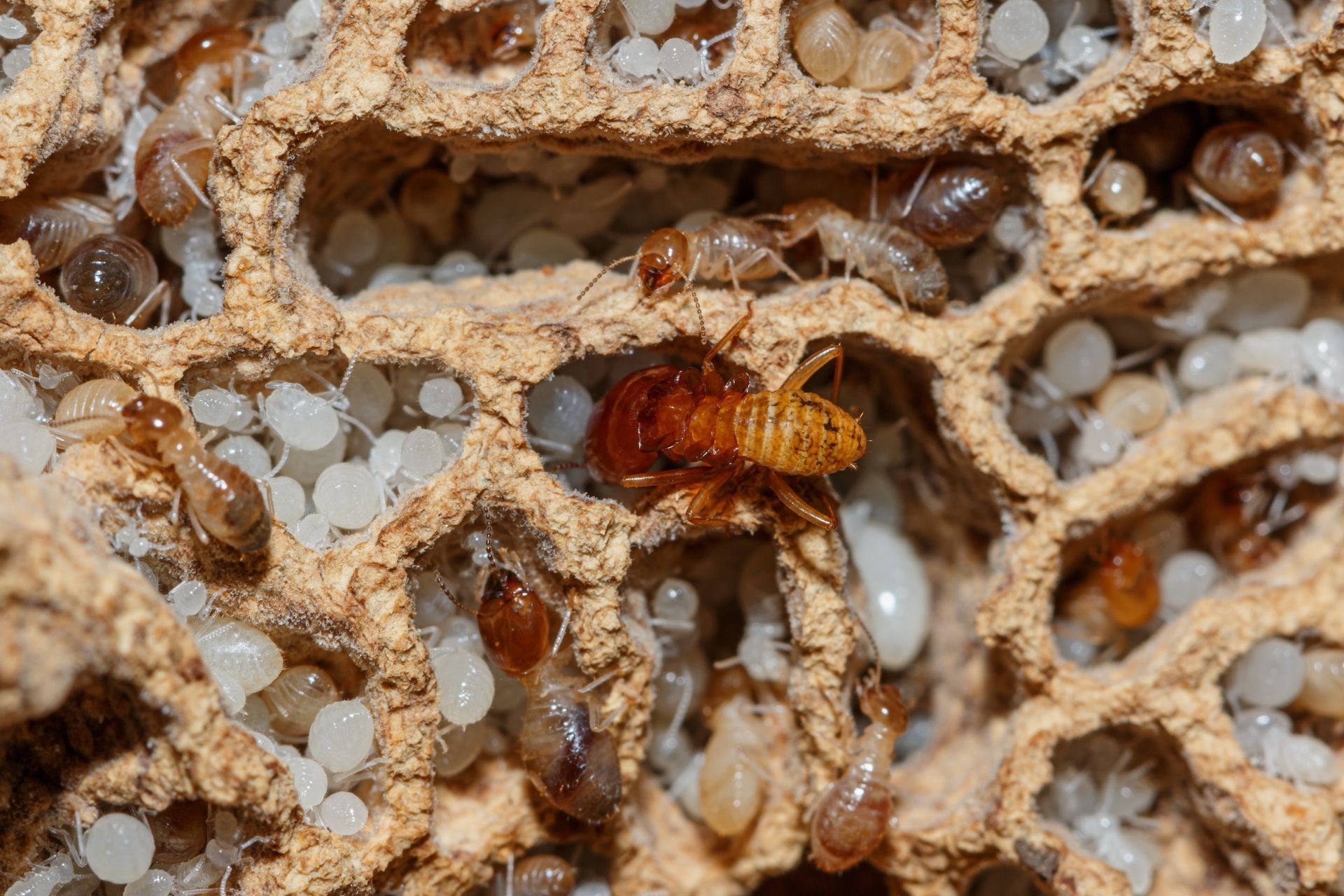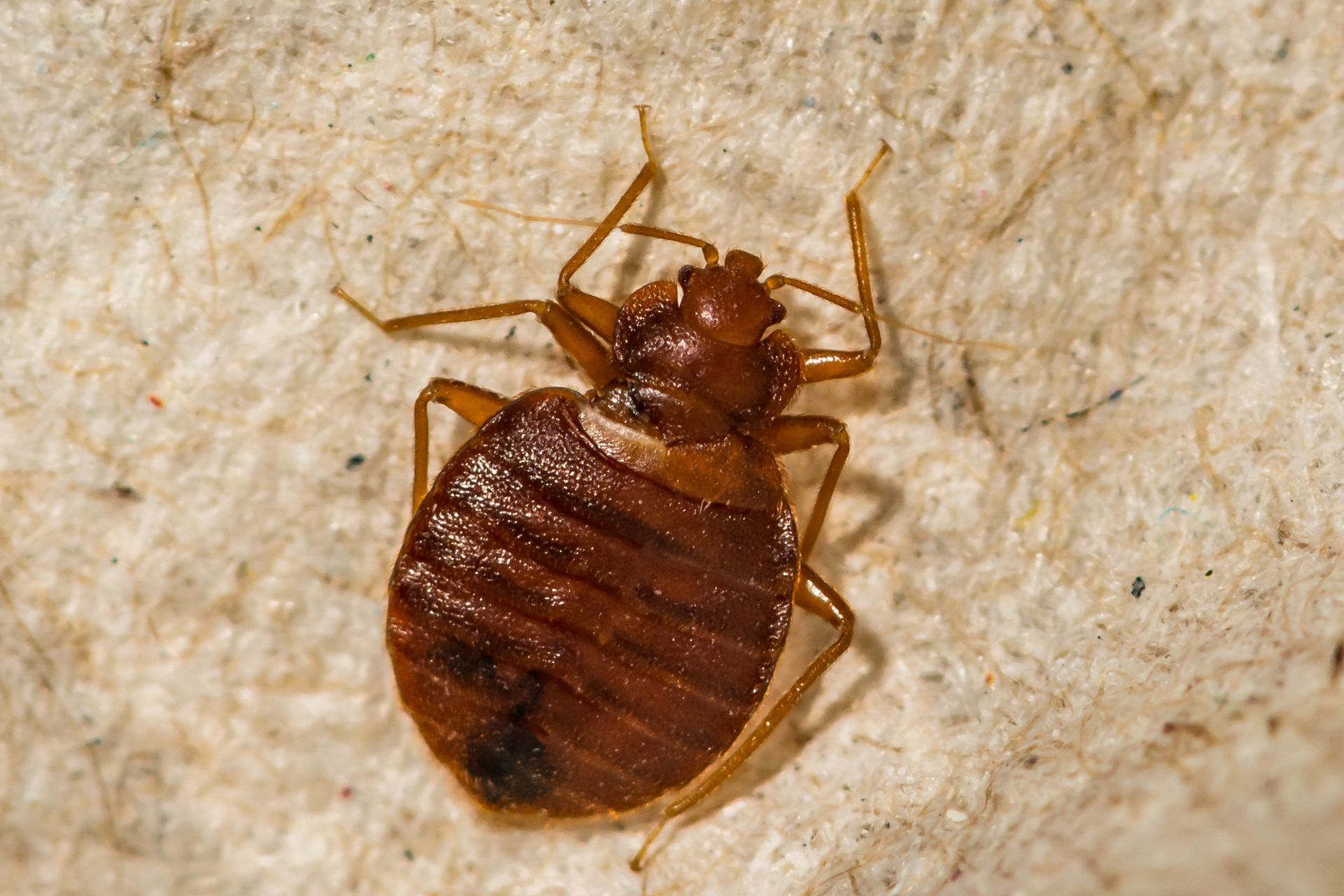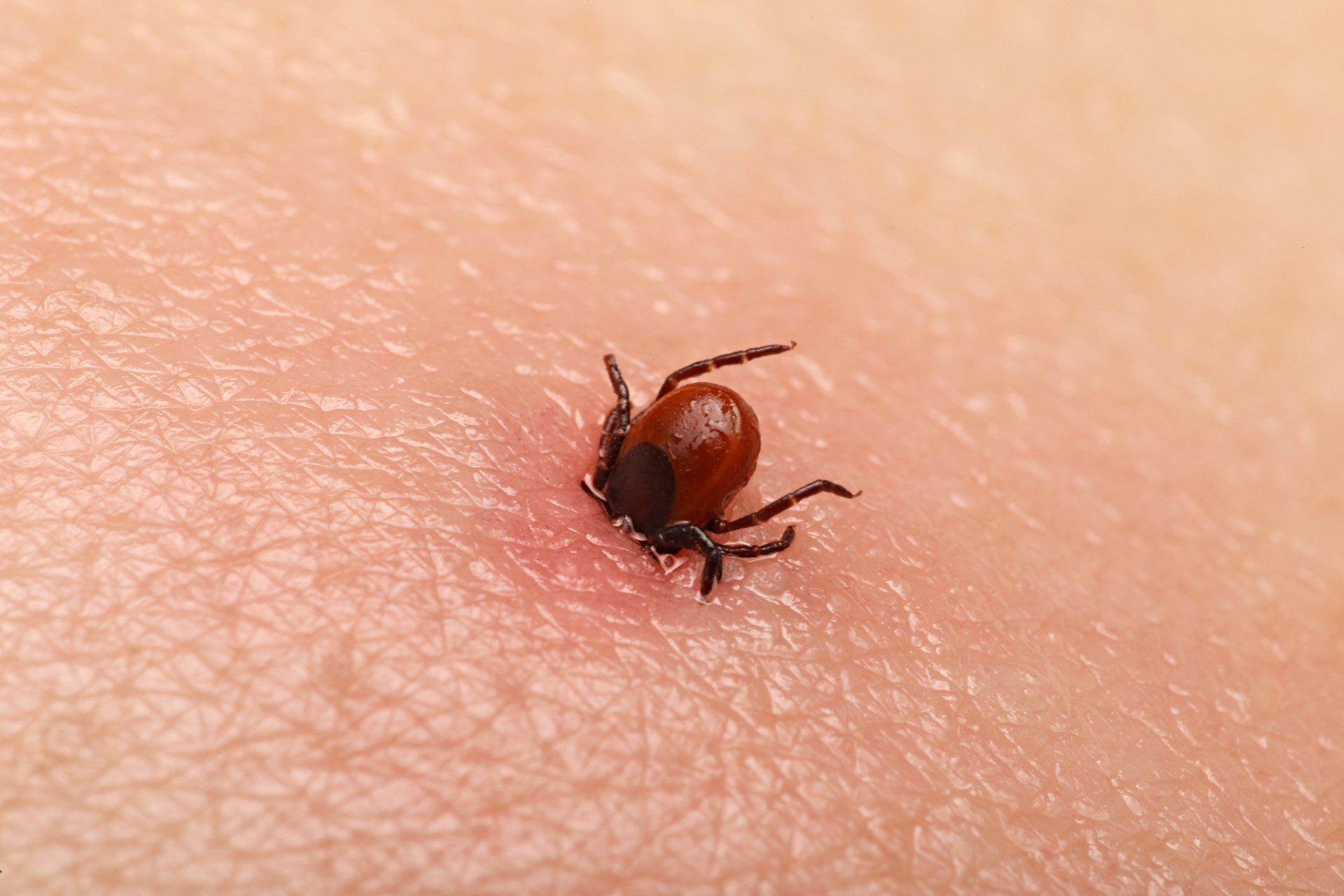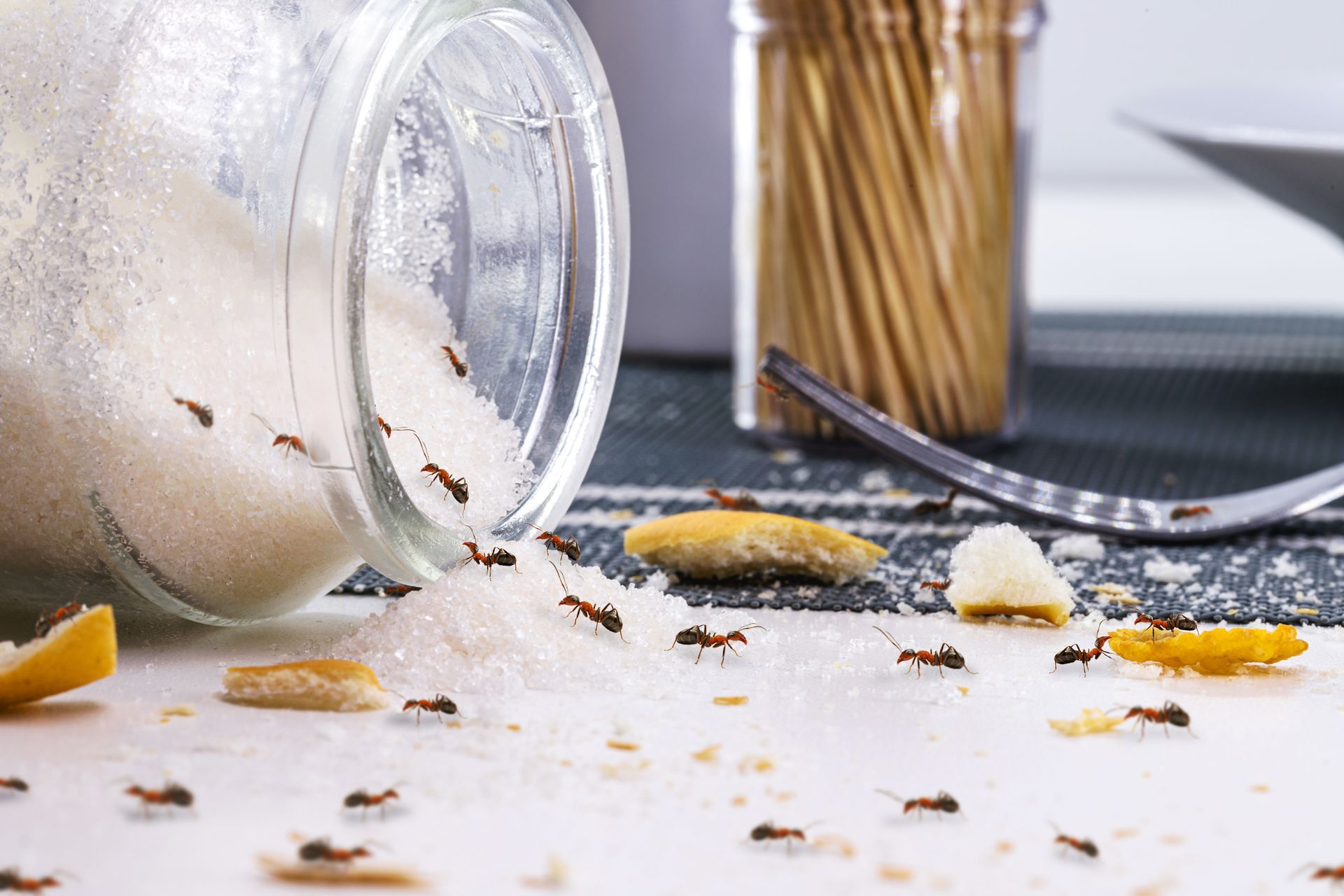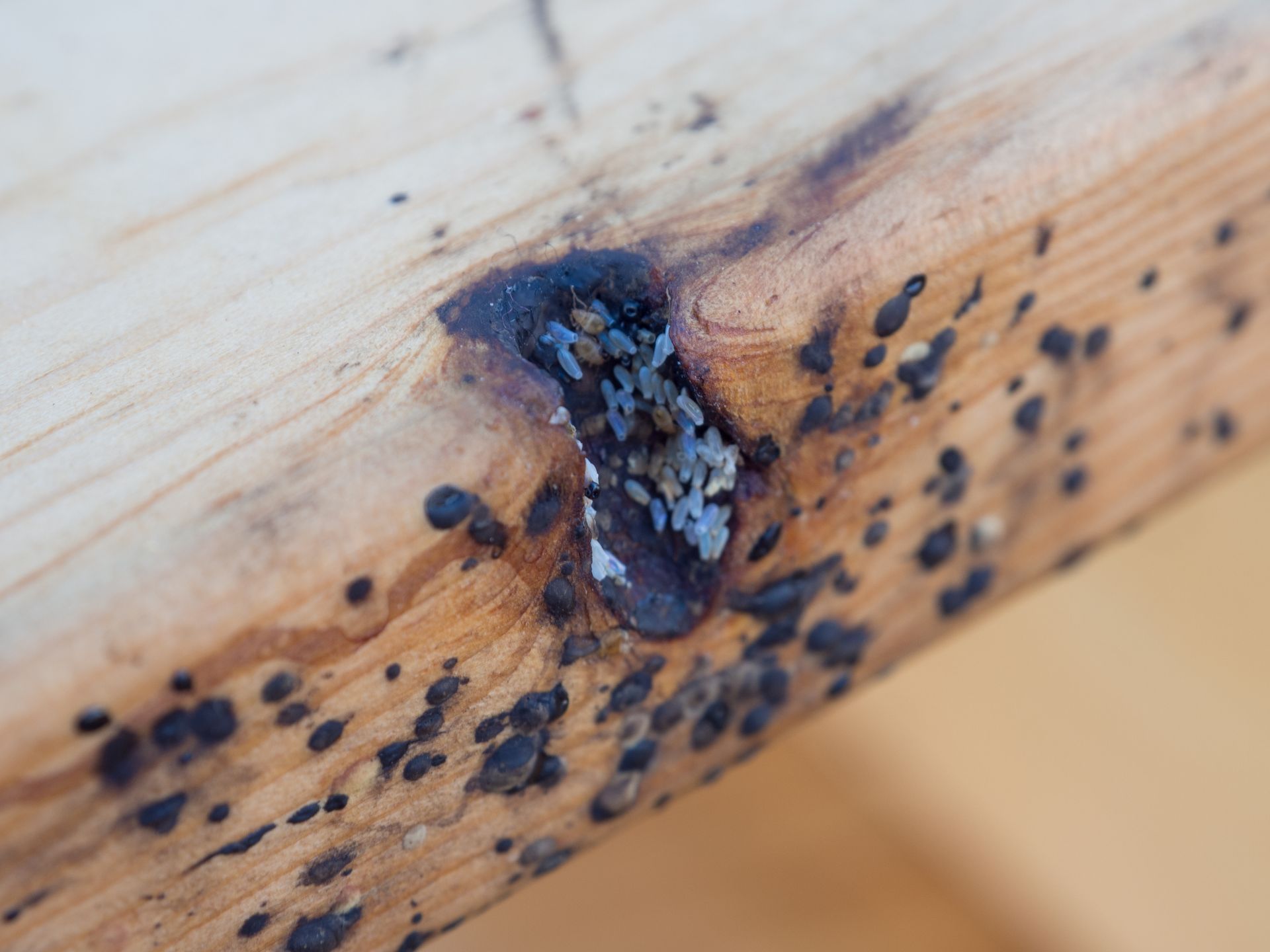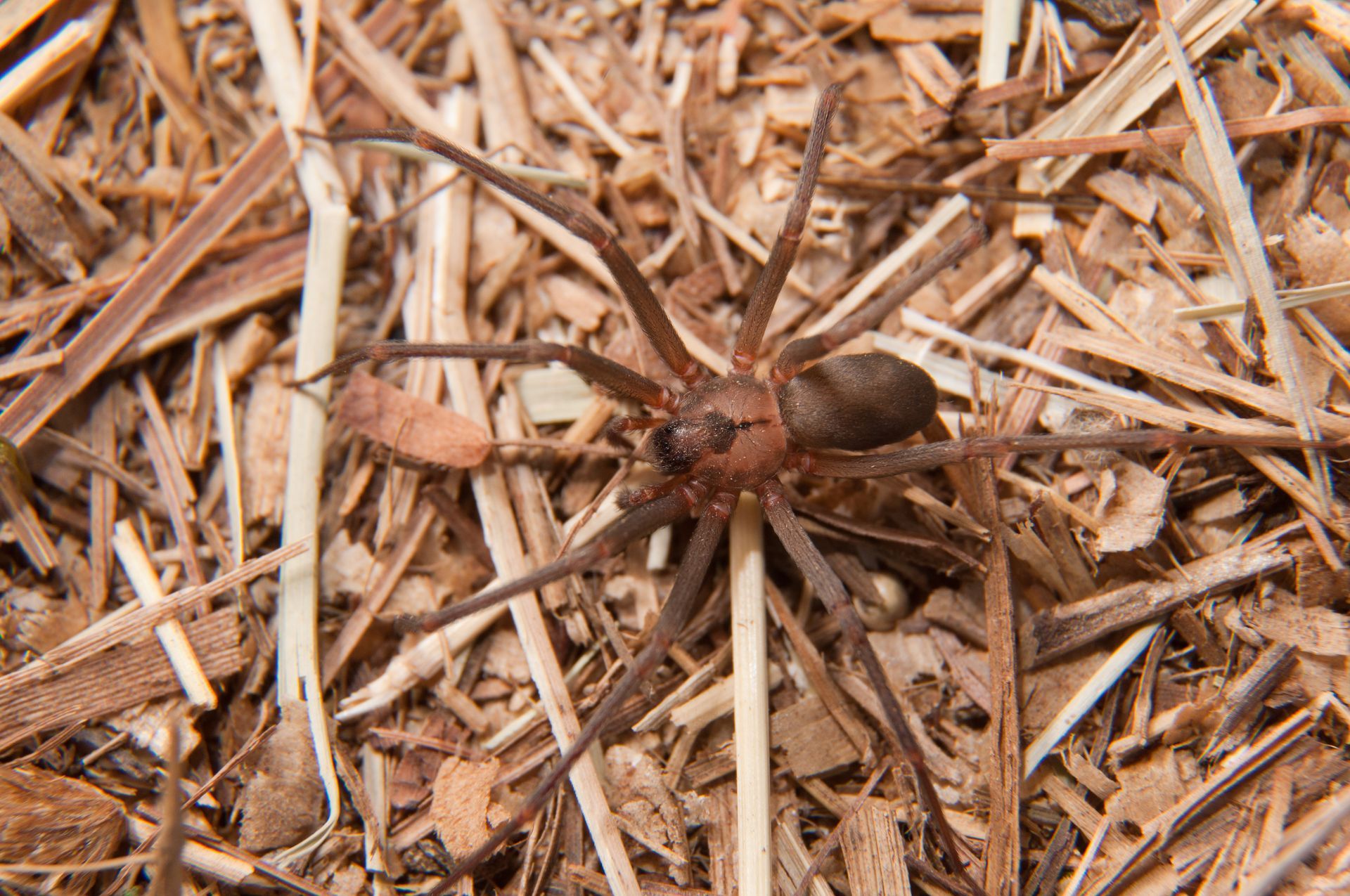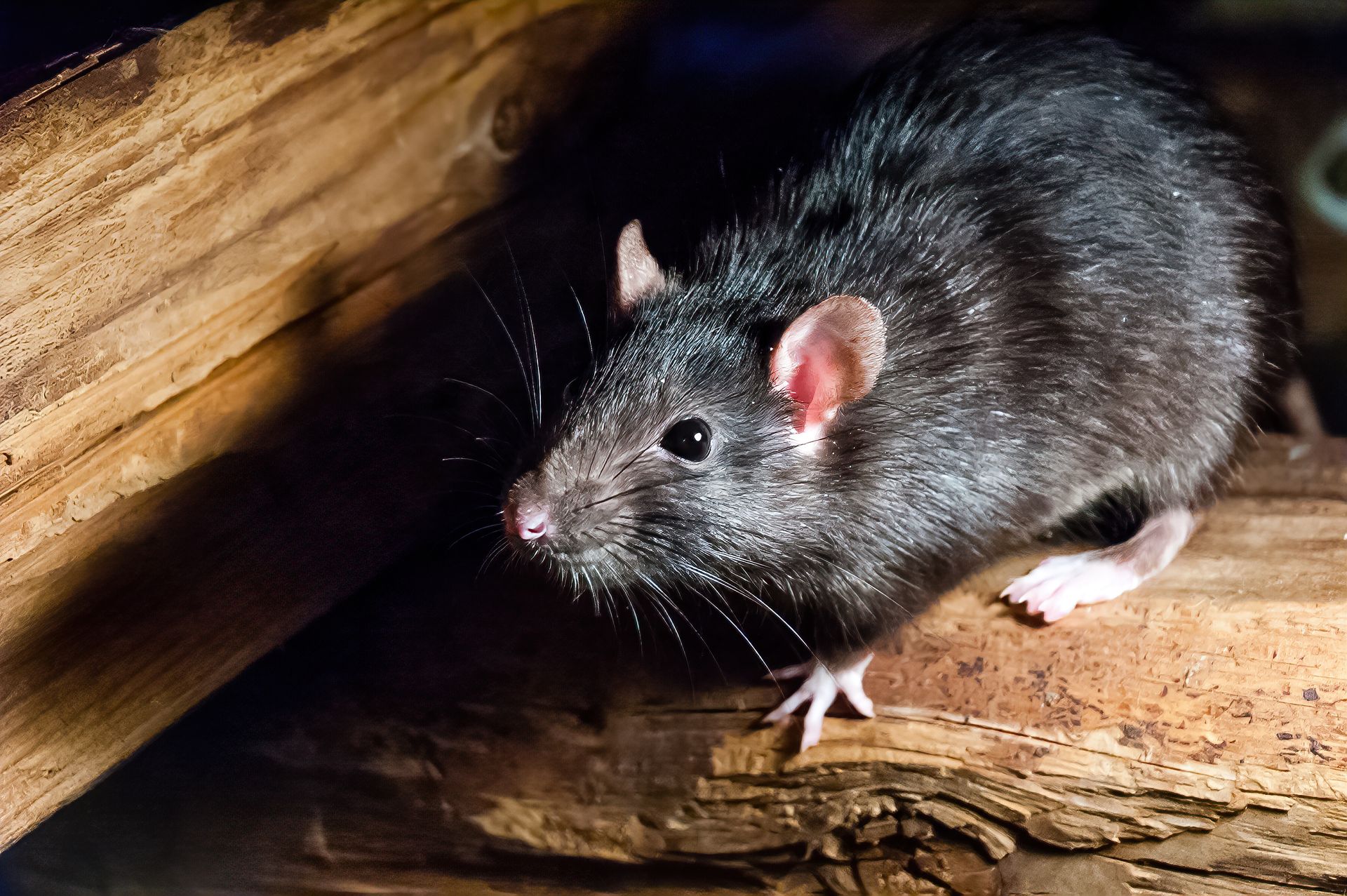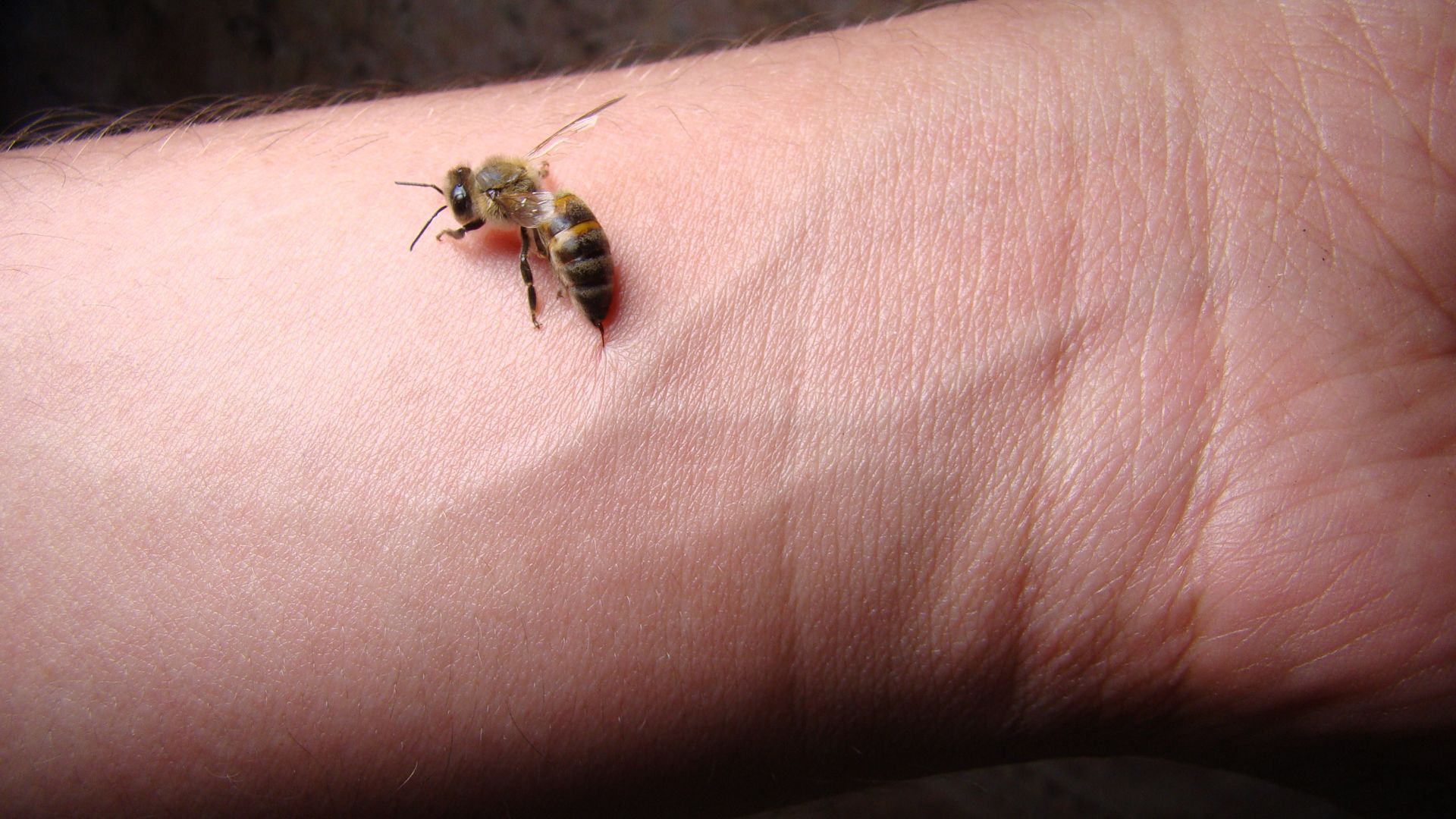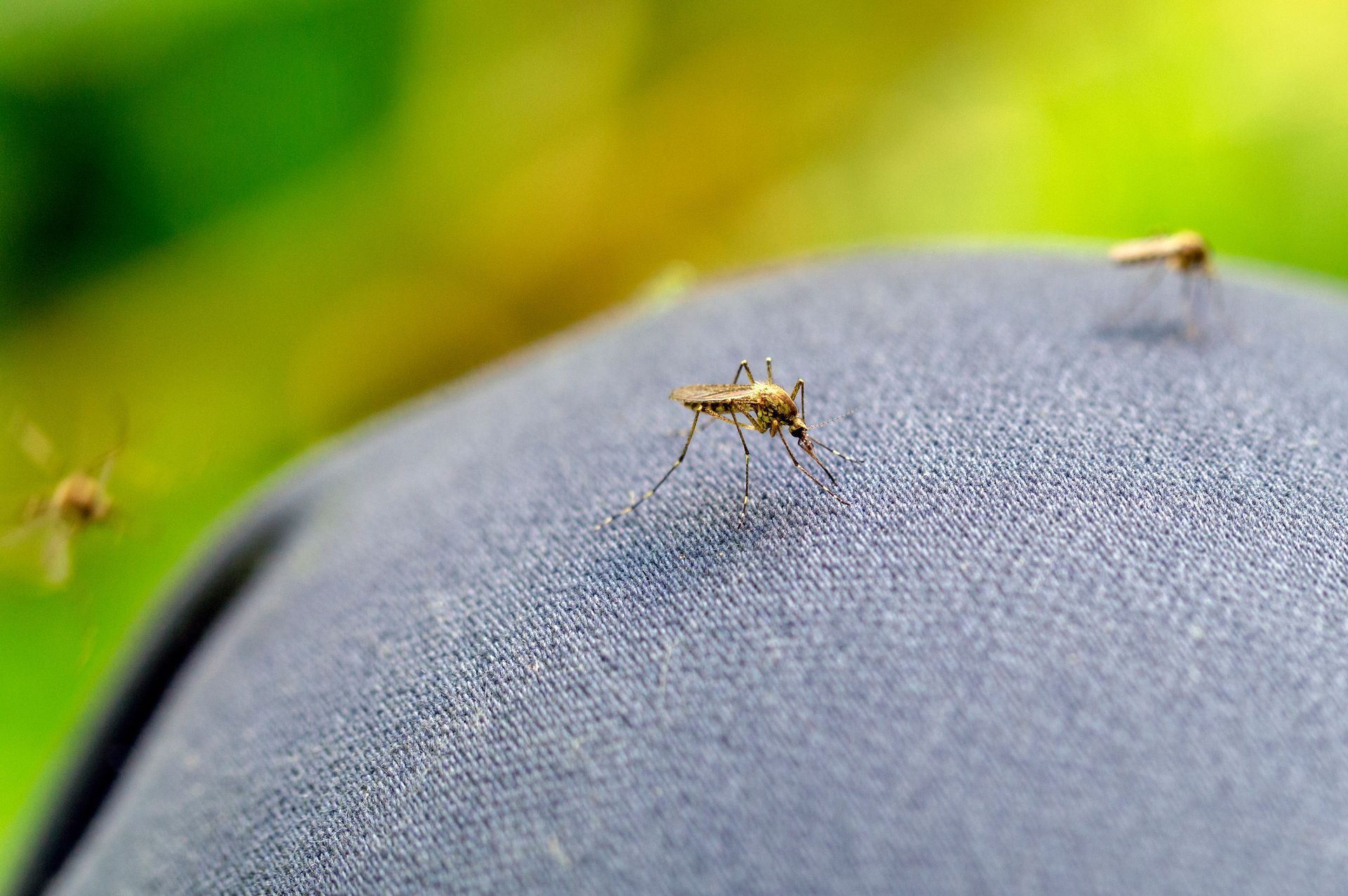What Does Mosquito Larvae Look Like?
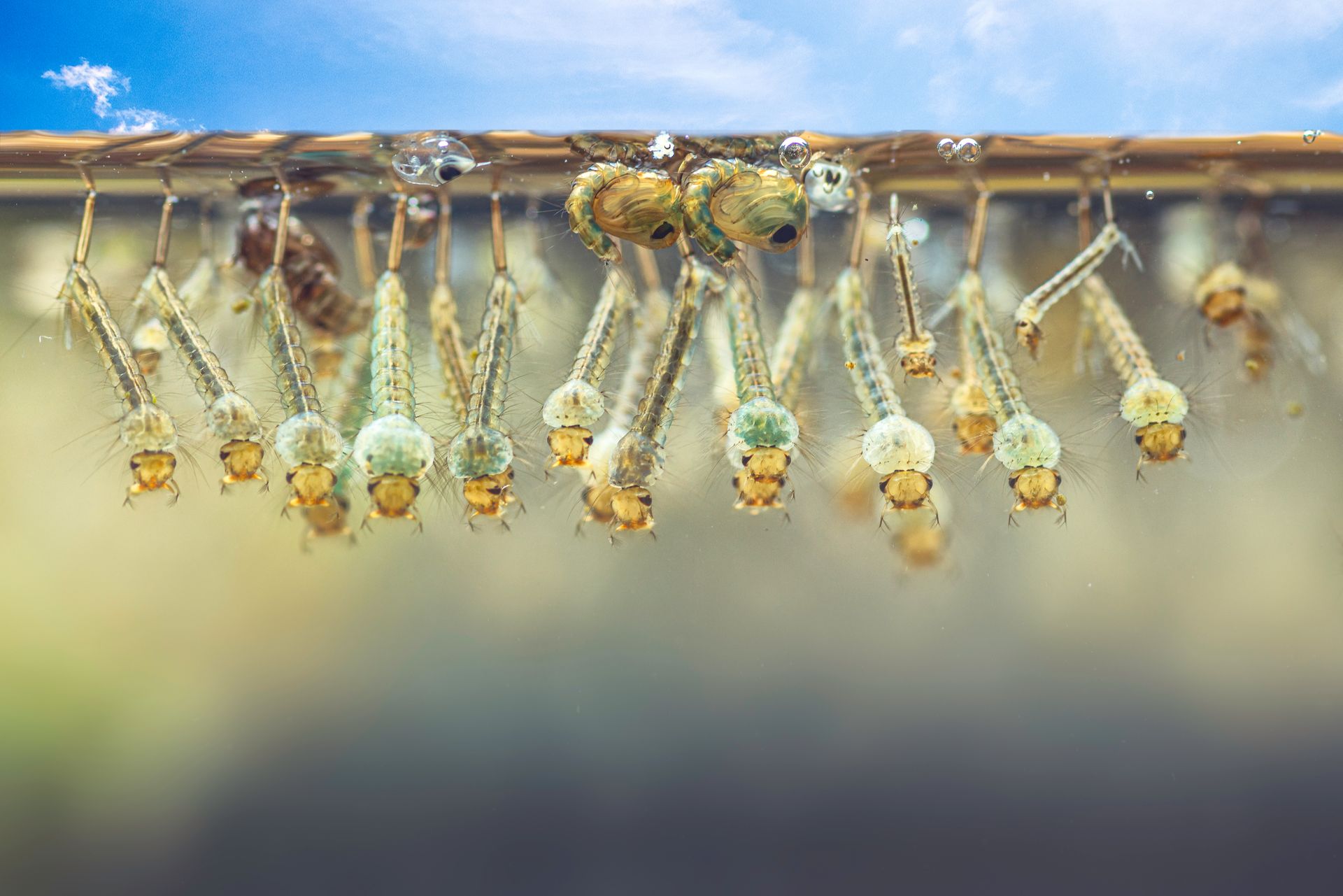
Mosquito larvae, commonly referred to as "wrigglers," represent the second stage of the mosquito life cycle and exhibit distinct physical traits and behaviors that aid in their survival. These aquatic organisms appear as small, wormlike creatures with cylindrical bodies, enlarged heads and thoraxes, and slender abdomens. A closer inspection reveals hundreds of thin, black hairs that cover their bodies. These hairs serve a crucial role in their feeding because they help gather single-celled organisms that mosquito larvae feed on. In their natural environment, the larvae typically suspend themselves just beneath the water surface, using specialized tubes located at the rear of their bodies to breathe air. They demonstrate a characteristic wriggling motion, especially when disturbed to dart deeper into the water for safety.
Key Features of Mosquito Larvae
Recognizing key features of mosquito larvae aids in their identification and potential control.
- Mosquito larvae possess a noticeably large head and thorax coupled with a slender, wormlike abdomen.
- As aquatic creatures, they predominantly inhabit still or stagnant water sources that include but are not limited to swampy areas, puddles, gutters or anywhere else water may pool.
- The larvae display a unique behavior of hanging just below the water surface, facilitated by the presence of tubes at the end of their abdomen for breathing air.
- Upon sensing any potential threats, the larvae engage in vigorous squirming or wriggling movements, propelling them downward for safety.
Can You See Mosquito Larvae?
While mosquito larvae are small and can sometimes be challenging to spot with the naked eye, they can be detected if you know what signs and behaviors to look for. The most apparent sign of mosquito larvae activity is when they occasionally protrude their tails out of the water to breathe. This behavior can cause a disturbance in the water tension causing ripples to give away their location. Moreover, the presence of a mosquito egg raft, which is a cluster of mosquito eggs, is another definitive sign of a mosquito breeding ground. The presence of these egg rafts not only suggests that mosquito larvae may already be present, but also indicates the potential for a future increase in larval population as soon as the eggs hatch.
How the Mosquito Life Cycle Starts
The mosquito life cycle commences following a blood meal consumed by the female mosquito. Post-feeding, she rests for a few days during which she develops between 100-400 eggs. When the female is ready, she deposits these eggs directly on or near water surfaces, sometimes even on soil or at the base of plants in places that may eventually fill with water. The eggs can endure dry conditions for several months before eventually hatching into mosquito larvae. Once conditions like temperature and moisture are perfect, the eggs will hatch over the next couple of days.
The larvae stage is entirely aquatic, during which the larvae feed and grow until they develop into pupae, also known as "tumblers". Despite being in water, the pupae do not feed, but rather focus on the metamorphosis process. After two days to a week in the pupal stage, the adult mosquito finally emerges from the pupal case, rising onto the water's surface and flying away.
The life cycle of a mosquito generally takes a few weeks to complete, although under optimal conditions, this process can be as short as 10 days. Adults mate within a few days of emerging, and females start seeking blood meals which effectively sets the stage for the next generation of mosquitos.
Mosquito Larvae Development
The development of mosquito larvae is a complex, stage-specific process that relies heavily on external conditions such as food availability and water temperature. Beginning their lives as larvae, these organisms undergo four distinct growth stages known as instars. With each instar, the larvae molt or shed their skin, marking their progression toward maturity. Once the fourth instar is complete, the larvae enter the pupal stage, preparing for their transition into adulthood.
The timeframe for larval developmental can vary greatly, requiring a minimum of 4-10 days during summer conditions, and potentially several months during spring. Mosquito larvae development is a multifaceted process with considerable variation across species and environmental conditions. Different species may exhibit unique development rates and behaviors. For instance, the larvae of Culex pipiens may need 15 days to mature in spring, while the same process may only take 5 days in the summer. Conversely, larvae that overwinter, such as Coquillettidia perturbans and Culiseta melanura, could require several months to complete their larval development.
What Do Mosquito Larvae Eat?
Mosquito larvae live entirely within aquatic environments and feed predominantly on algae and other microscopic organisms found in water. They possess brushes surrounding their mouth, functioning as filters that allow them to extract and consume these small food sources. Interestingly, there are certain species of mosquito larvae that are known to exhibit predatory behavior by preying on other mosquito larvae to sustain their nutritional needs.
How Do Mosquitoes Eat?
Even at this larval stage, mosquitoes exhibit an advanced sense of smell, adaptability, and a set of preferences honed over millions of years of evolution. These characteristics contribute to their success in reaching adulthood and becoming part of large, blood-hungry populations. Despite appearing simple, the larval systems of mosquitoes are marvelously complex, and this complexity is a key factor in their ability to survive, thrive, and pose potential risks to other species.
Mosquitoes larvae also display a unique and efficient feeding strategy. Recent research reveals that certain mosquito species employ a harpoon-like method to capture their prey. These larvae can swiftly project their heads away from their bodies, mouths wide open, and reel in their prey using a thin neck membrane. The entire process is remarkably quick, and the actual moment of prey capture had remained unobserved until recent advancements in imaging technology. One species, Psorophora ciliata, was found to have an even more potent and longer-reaching 'harpoon head' for capturing prey. The sophistication and effectiveness of these feeding strategies led one mosquito researcher to liken mosquito larvae to apex predators such as sharks and lions.
Where Do You Find Mosquito Larvae?
The search for mosquito larvae can often lead to a variety of aquatic environments around your property, especially stagnant bodies of water. This is due to the fact that once a female mosquito's eggs are fertilized, she seeks out a water source that provides sufficient food for her offspring. These larvae will then remain in water until they develop into mature adults and grow wings. To spot potential mosquito breeding grounds it's important to scrutinize specific areas where there is noticeable mosquito activity. Addressing these areas can significantly reduce the mosquito population in your vicinity, as it curtails the number of places available for mosquitoes to lay their eggs.
Dormant Fountains
Unused fountains or water features can serve as ideal breeding grounds for mosquitoes, particularly if algae or other organic materials are present. Such environments are often hotspots for mosquito larvae.
Dog Bowls
Even small containers like dog bowls or overturned frisbees can offer a suitable environment for mosquitoes to lay their eggs. Ensuring there are no such objects that can collect water around your property can help mitigate mosquito breeding.
Freshwater Swimming Pools
Swimming pools, especially those not regularly cleaned or covered, can become breeding sites during warmer months. Regular maintenance and the use of pool covers can prevent this problem.
Ponds
Small ponds are another major attraction for mosquitoes. These water bodies offer an abundance of food for mosquito larvae and serve as excellent habitats for adult mosquitoes to lay their eggs.
How to Kill Mosquito Larvae?
Effective extermination of mosquitoes often entails targeting them during their larval stage when they are most vulnerable. In this aqueous phase of their life cycle, the larvae cannot fly and are generally found in a concentrated location where the female mosquito has laid her eggs. There are several strategies that can be employed to kill mosquito larvae:
- Breeding Site Reduction: The primary method of control is to eliminate possible breeding sites, mainly stagnant water bodies, as mosquito larvae require water to survive. Here are some ways to do this:
- Empty containers (like old tires, buckets, etc.) that can collect water and if possible, turn these items over when not in use.
- Clean rain gutters, unclog obstructed downspouts, and remove any standing water on flat roofs or around structures.
- Change the water in bird baths and wading pools at least once a week. Keep swimming pools clean and chlorinated.
- Fill or drain ditches, swampy areas, and other soil depressions. Remove, drain, or fill tree holes and stumps to prevent water accumulation.
- Irrigate lawns and gardens carefully to prevent standing water.
- Mosquito Larvicides: When it's impractical to eliminate a breeding site, a mosquito larvicide may be beneficial. Most larvicides for homeowners contain methoprene or a toxin produced by Bacillus thuringiensis israelensis (Bti). These substances disrupt larvae development or attack their digestive tract, effectively killing them without harm to other wildlife when used according to label directions.
- Introducing Mosquito Larvae Predators: The natural food chain can be harnessed to control mosquito populations. For instance, mosquitofish (Gambusia) feed on mosquito larvae and can be introduced into ponds suspected to be mosquito breeding grounds.
- Cinnamon Oil, Apple Cider Vinegar, Dish Soap, and Bleach: These substances can also kill mosquito larvae. Cinnamon oil and dish soap suffocate the larvae by coating the water surface, while apple cider vinegar requires a high concentration and more time to work. Bleach or chlorine can kill larvae but is not recommended due to its high toxicity to the environment and other organisms. Please note, these methods should not be used in bodies of water that contain fish or other living organisms.
By attacking mosquitoes at their larval stage and utilizing these control strategies, you can effectively reduce the mosquito population in your area.
Why You Should Call Professional Mosquito Exterminators
Addressing mosquito infestations may sometimes require more than DIY methods, making it prudent to enlist the help of professional mosquito exterminators. Here's why:
- Expertise and Experience: Professionals possess the expertise to accurately locate and identify potential mosquito breeding grounds. Their experience enables them to handle mosquito infestations effectively and ensures all stages of the mosquito's life cycle are targeted.
- Thoroughness: A professional exterminator ensures a comprehensive approach to mosquito control. This includes inspecting your property thoroughly, implementing control measures, and offering advice on preventing future infestations.
- Safety: Professional exterminators are trained to use pest control substances safely, preventing harm to your outdoor environment. They understand the proper dosages and applications to use, reducing the risk of environmental damage or harm to non-target species.
- Long-term Solution: Professional services don't just eliminate the current problem; they also provide strategies to prevent future infestations. By identifying and helping you address the conditions that invite mosquito breeding, exterminators can offer long-term pest solutions.
Engaging professional mosquito exterminators can thus ensure effective, safe, and long-lasting solutions to mosquito infestations.
Contact EcoGuard if You Are Dealing with Mosquito Problems
Managing mosquito populations is a task that requires diligence and professional expertise. By entrusting this task to EcoGuard Pest Management, you can ensure a safer, healthier outdoor environment for your family and pets. With their robust knowledge, expertise, and environmentally friendly practices, EcoGuard's professional mosquito control experts provide effective, comprehensive solutions to keep mosquito populations at bay. Don't let mosquitoes rob you of the joy of outdoor living. Call EcoGuard Pest Management today and enjoy your outdoor spaces in comfort and peace.
Mosquito Larvae FAQs
-
How do you get rid of mosquito larvae?
Getting rid of mosquito larvae can be achieved through several different control strategies. The most effective methods are to eliminate standing water which is typically where mosquitoes lay their eggs. By doing so, you can eliminate mosquito larvae at the source. The other methods include using growth regulators, mosquito larvicides, natural predators, and caustic chemicals. It is important to understand the impact introducing these control methods have on the surrounding environment to ensure that natural habitats are safe for other native insect and animal species.
-
Are mosquito larvae harmful to humans?
Mosquito larvae are not typically harmful to humans as they have no ability to bite or spread disease. That being said, consuming water that may be infested with mosquito larvae could present problems by introducing pathogens, parasites, and other dangerous bacteria which could have negative outcomes for humans.
-
What is the larva of mosquito?
The larvae of a mosquito is the second stage of its life cycle after the egg. This stage is identified by its aquatic environment and its worm-like appearance. It needs to develop through 4 instar phases before maturing into the pupal stage. During these 4 instar phases, the mosquito larvae will feed on algae and other organic material until it is ready to pupate.
-
Can mosquito larvae be seen?
Mosquito larvae are visible to the naked eye but can still be difficult to see because of their size and shape. It also doesn’t help that they dive underwater when the water they are in is disturbed. If they are found, they are normally about a quarter inch long and wriggling near the surface to breathe.
Request A Free Estimate
We will get back to you as soon as possible
Please try again later
Immediate Service Available
Services
Customer Care
Legal
Working hours
- Mon - Sun
- -
All Rights Reserved | EcoGuard Pest Management | All Phone Calls Recorded | By Using Website You Agree To Terms Of Use



